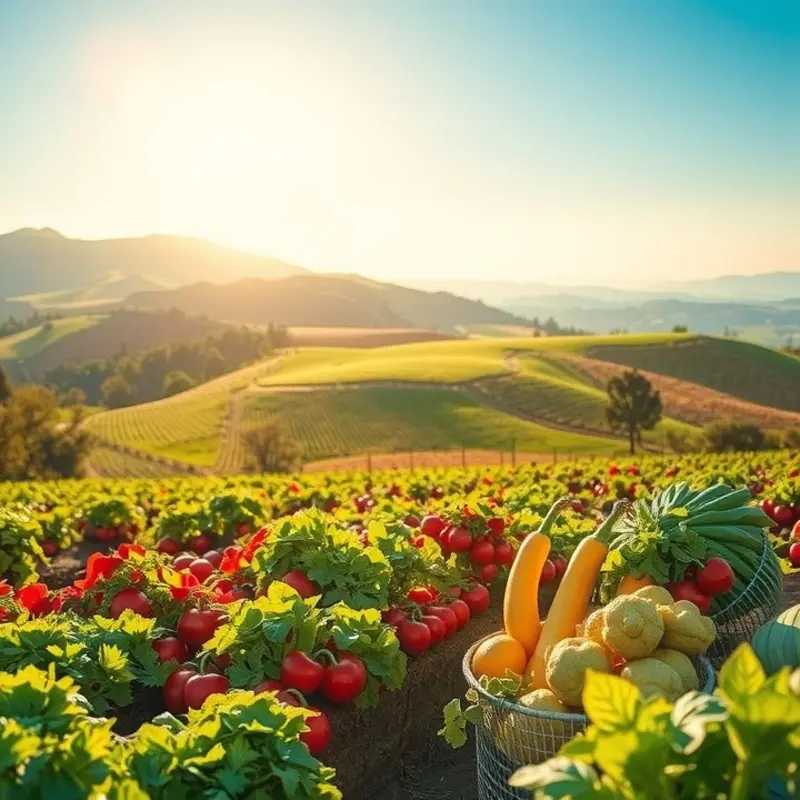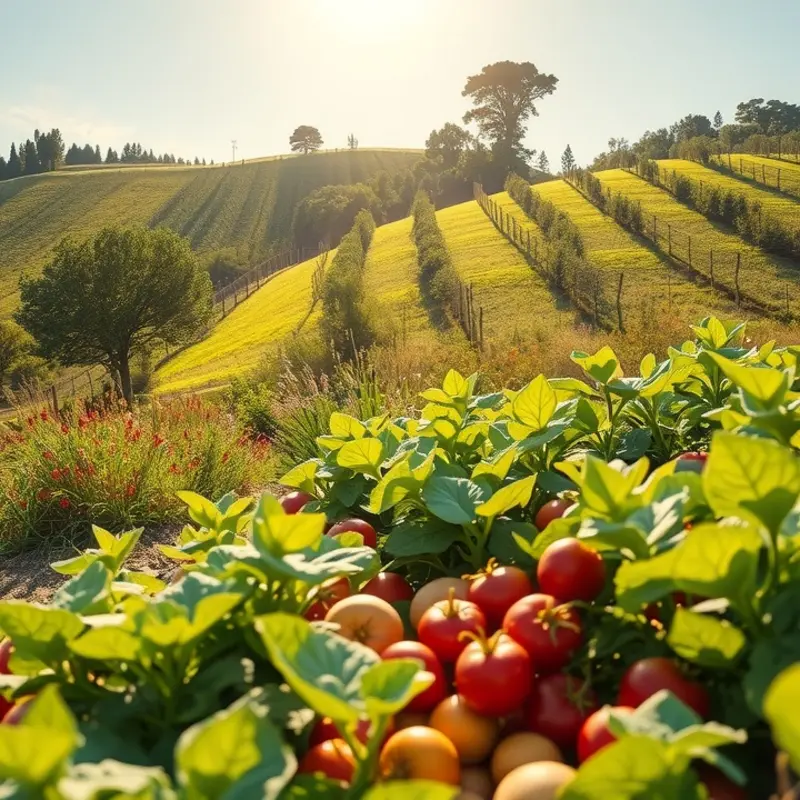Creating delicious fruit salads can be a refreshing and healthy addition to your meal routine. For busy individuals and families, prepping fruit salads ahead of time can save you precious minutes during hectic days. These vibrant and nutritious salads serve as snacks, side dishes, or perfect breakfast options. Let’s dive into practical strategies to prep easy fruit salads that keep your family energized and satisfied!
Selecting the Perfect Fruits

Selecting the right fruits can make all the difference in creating a flavorful and visually appealing fruit salad. Begin by choosing seasonal fruits, as they offer the best taste, texture, and nutritional value. Seasonal fruits are often more affordable, and buying them supports local farmers.
Understand Seasonality: Each season brings its own bounty. In spring, look for strawberries and pineapples, while summer offers blueberries, watermelon, and peaches. Fall is perfect for apples, pears, and grapes, and in winter, kiwis and citrus fruits shine. Familiarize yourself with a local seasonal fruit guide to ensure your selection is fresh and flavorful.
Assess Freshness: When selecting fruits, prioritize freshness. Look for vibrant colors without blemishes and make sure there’s no mushy texture. A gentle squeeze can reveal much about ripeness—avoid fruits that are too firm or overly soft.
Variety is Key: Incorporate a variety of colors and flavors to make your fruit salad more appealing. This not only enhances its visual appeal but also boosts its nutritional profile, as different fruits offer distinct vitamins and antioxidants. For example, mix the sweetness of mango with the tang of kiwi and the crispness of apple.
Nutritional Diversity: By selecting diverse fruits, you ensure a range of nutrients. Berries are renowned for antioxidants; citrus fruits offer a good dose of vitamin C, and tropical fruits like papaya and pineapple provide enzymes that aid in digestion.
Ease of Preparation: Consider the ease of preparing each fruit. Some fruits, like berries and grapes, only require a rinse, making them great for quick salads. Others, like kiwis and melons, may need peeling or slicing but offer unique textures and flavors.
Storage and Longevity: To extend the life of your fruit salad, choose fruits with different storage properties. Apples and citrus fruits have a longer shelf life and can be combined with more perishable fruits like bananas and berries, ensuring some elements of your salad remain fresh longer. For tips on extending storage life and reducing waste, you can explore more on eco-smart kitchen storage practices.
By carefully selecting a mix of fresh, seasonal, and easy-to-prepare fruits, you can create vibrant fruit salads that are both nutritious and enjoyable. This not only simplifies meal preparation but ensures your family delights in every colorful bite.
Efficient Prep Techniques for Fruit Salads

Once you’ve selected the perfect mix of ripe fruits, the next step is to prepare them efficiently for your fruit salad. A little organization at this stage can save you time and enhance the flavors, making your meal prep a breeze.
Start by washing your fruits thoroughly. Even if you plan to peel or cut them, washing is essential to remove pesticides, dirt, and other residues. Use a clean bowl with water and a splash of vinegar for an extra clean. Let the fruits soak for about 5 minutes, then rinse under running water. This simple step not only eliminates residues but also extends the freshness of the fruit.
After washing, it’s time to cut the fruits. To preserve their optimal freshness and aesthetics, invest in a quality chef’s knife that can handle a variety of textures. For firmer fruits like apples and pears, slice cleanly and uniformly. Soft fruits such as berries should be halved or used whole, preserving their natural juices. To prevent browning of cut fruits like apples and bananas, toss them with a little lemon or lime juice.
Batch prepping fruits can revolutionize your salad-making process. Dedicate a specific time in your week to wash, cut, and store these ingredients. This not only saves time during the week but also encourages healthier eating habits for your family by making fruit consumption convenient and appealing.
Keep the flavors fresh by mastering the art of storage. Use airtight containers, which are excellent for prolonging freshness by minimizing exposure to air. Store sliced fruits like melons and pineapples separately in their containers to prevent flavor contamination. Consider the use of glass jars for smaller fruits like berries, as they retain moisture and prevent crushing.
Storing your prepared fruits in the coldest part of your fridge can help them stay crisp and delicious. However, some fruits like bananas don’t do well in cold temperatures and should be stored at room temperature until cutting.
For those who want to explore more low-waste cooking strategies in their kitchens, check out this guide on low-waste cooking and prep. Incorporating eco-friendly practices doesn’t just benefit the environment; it enhances your meal prep efficiency and quality as well.
By embracing these efficient prep techniques, your fruit salads will not only save time but will also delight your family’s taste buds all week long.
Final words
Prepping fruit salads doesn’t have to be a time-consuming task. With the right strategies for selecting and preparing your fruits, you can simplify your meal routines and ensure your family enjoys healthy, delicious options. By incorporating fruits that are in season and using efficient prep techniques, you can save both time and effort. Remember to experiment with various combinations and keep your fruit salads stored properly for freshness. Make fruit salads a regular part of your meal prep, and enjoy the delicious benefits they bring to your busy life.







